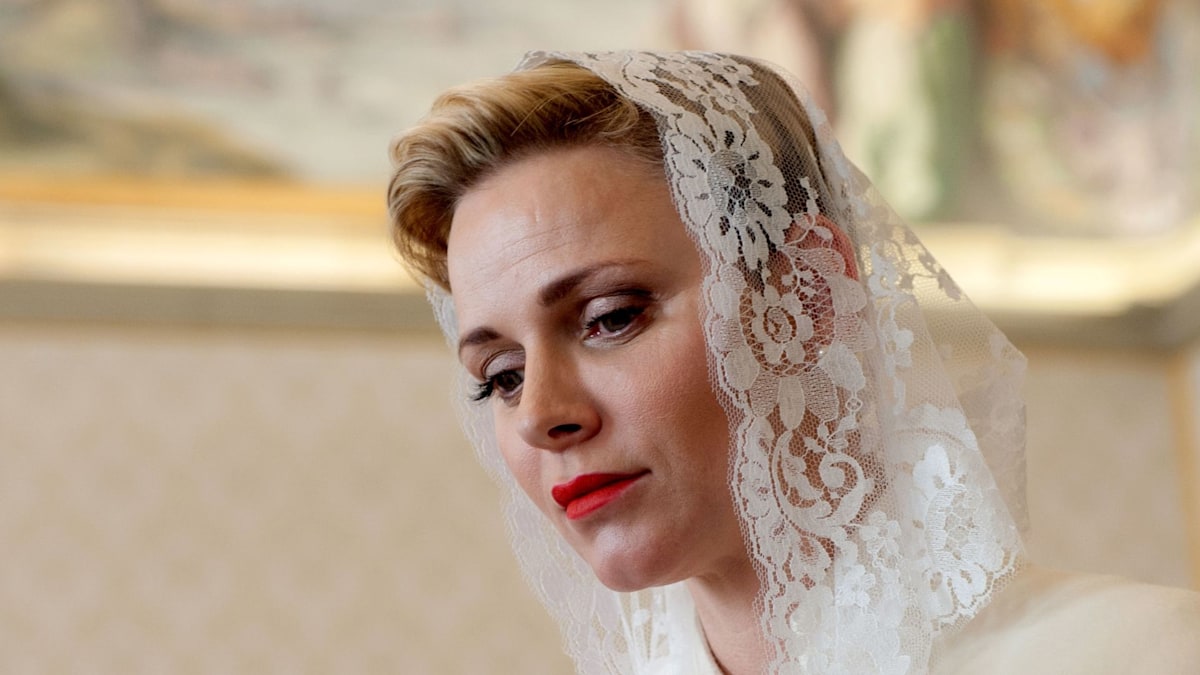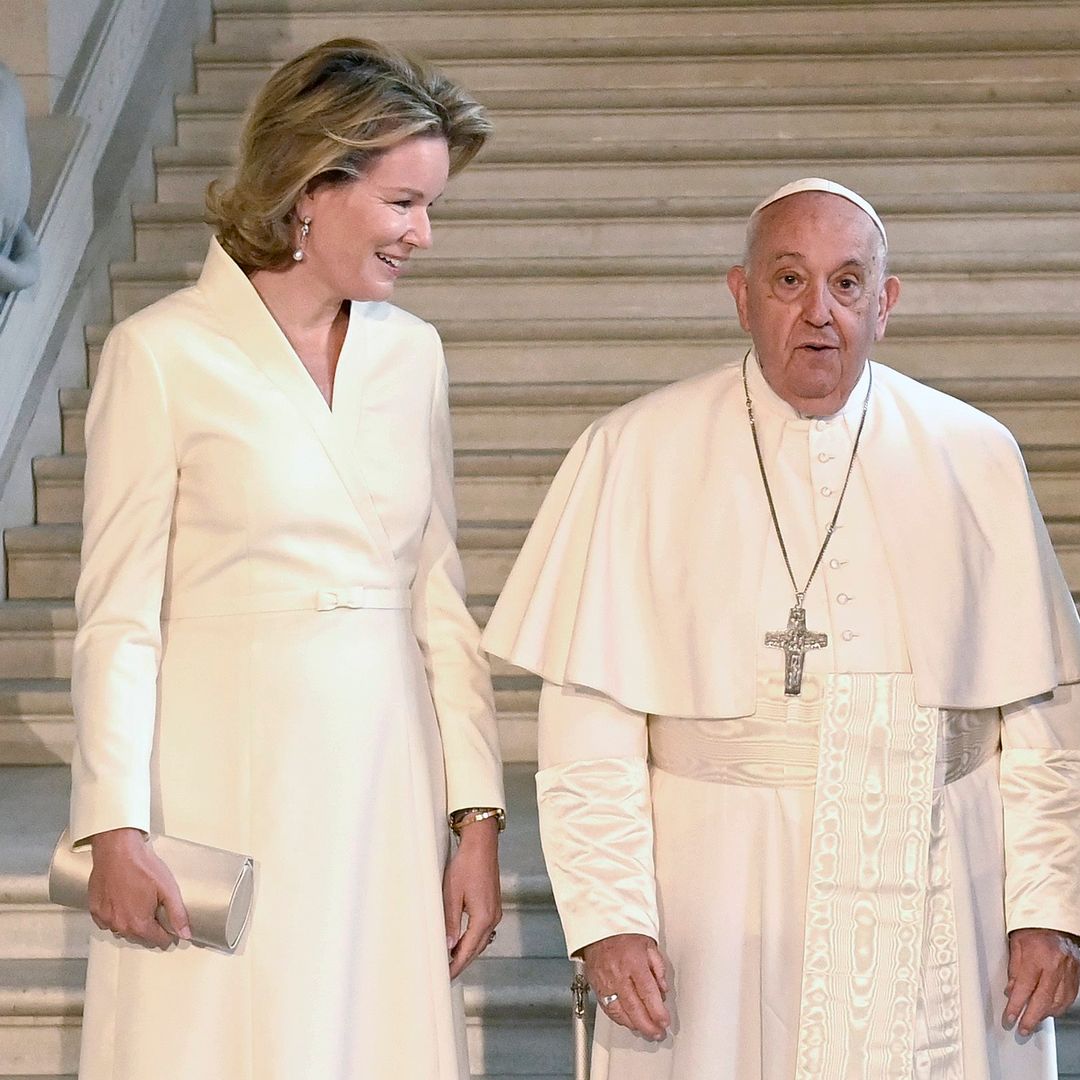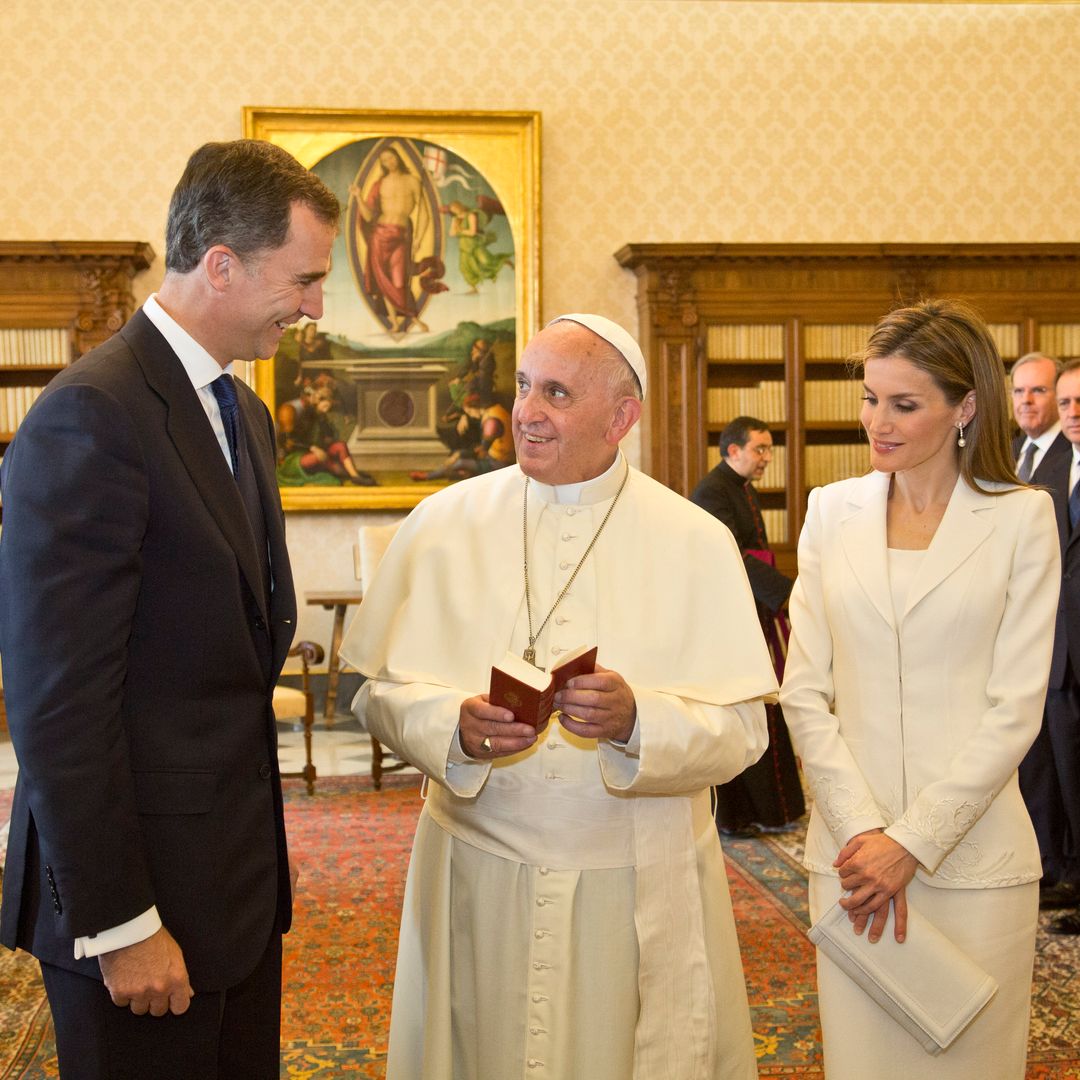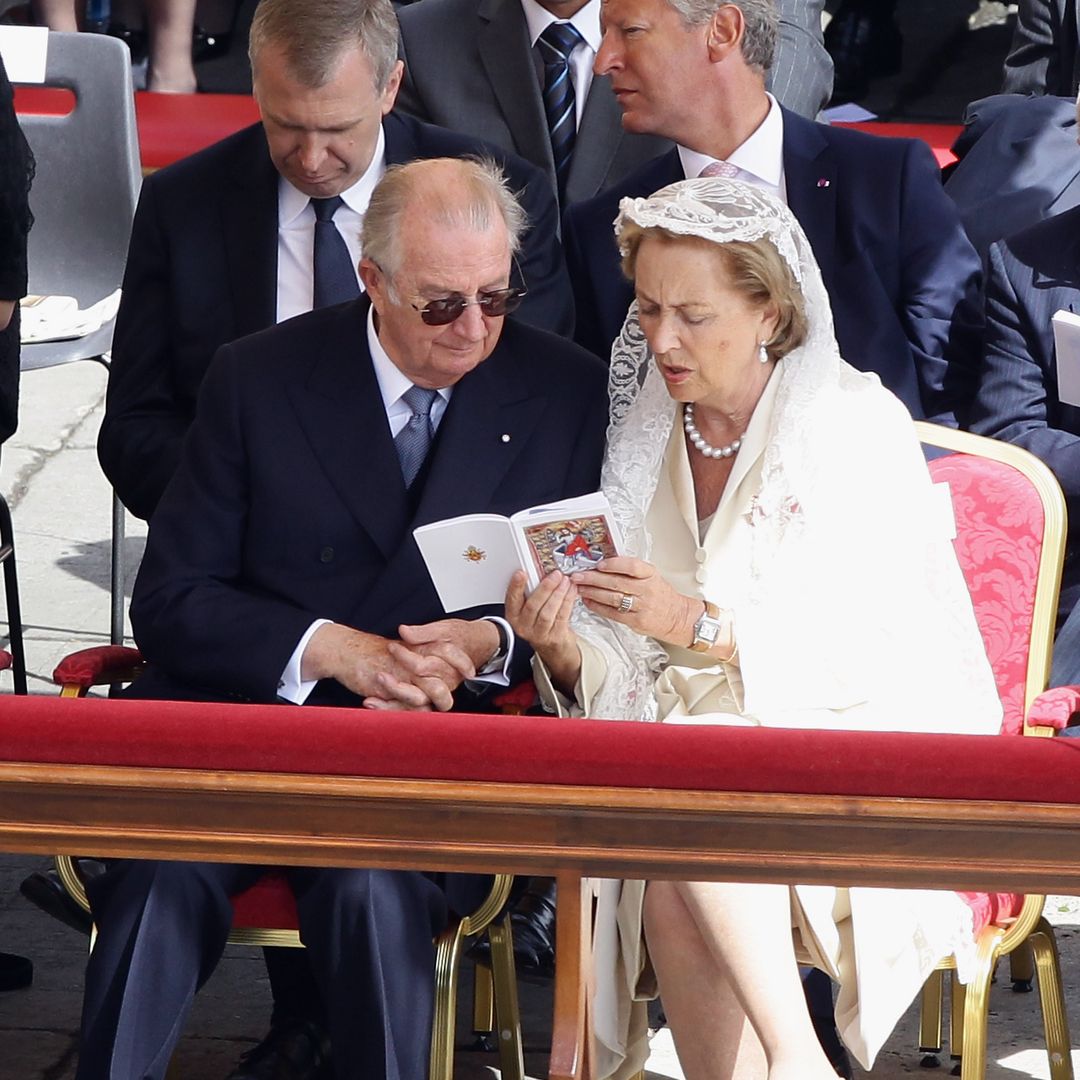Catholicism is known for its deep and sacred traditions, and few sartorial privileges are as steeped in mystique and elegance as ‘le privilège du blanc’ — AKA the ‘privilege of the white.’
It’s an extraordinary and rare custom that allows only a select handful of Catholic queens and consorts to wear white in the presence of The Pope, as opposed to the traditional black attire generally required of all women.
To properly understand the exception, we have to first take a look at papal etiquette. Traditionally, women meeting The Pope are expected to wear a long black dress with long sleeves, high neckline and a black mantilla (a lace or silk veil). The look is meant to evoke modesty, reverence and mourning for Christ’s death.
The absence of colour reflects humility, but ‘le privilège du blanc’ offers a striking contrast, permitting certain royal women to arrive in pristine white for a wholly ethereal effect.
The privilege is not arbitrary, it is reserved exclusively for Catholic queens and princesses of reigning Catholic monarchies. Currently, the women entitled to this tradition include Queen Letizia of Spain, Queen Mathilde of Belgium, Grand Duchess Maria Teresa of Luxembourg, Princess Charlene of Monaco, and Queen Sofia, the Queen Mother of Spain.
All are part of Catholic dynasties where the intersection of monarchy and religion is deeply embedded in the nation’s identity.
So why white? White is traditionally the colour of purity, holiness and light in the Catholic Church and white is a testament to these countries’ allegiance to Catholicism.
But, wearing white isn’t an assumed right, it is a permission – The Pope must extend the privilege and the queens do not always exercise it.
Queen Letizia of Spain appeared before Pope Francis in a white coat dress by Felipe Varela, while Princess Charlene of Monaco has opted for a white dress, coat and gloves combo in the past.
In a world where most of the rules of royal fashion have softened, ‘le privilège du blanc’ endures. It reminds us the power of clothing and colour and the powerful pact between crown and church.
Read the full article here









